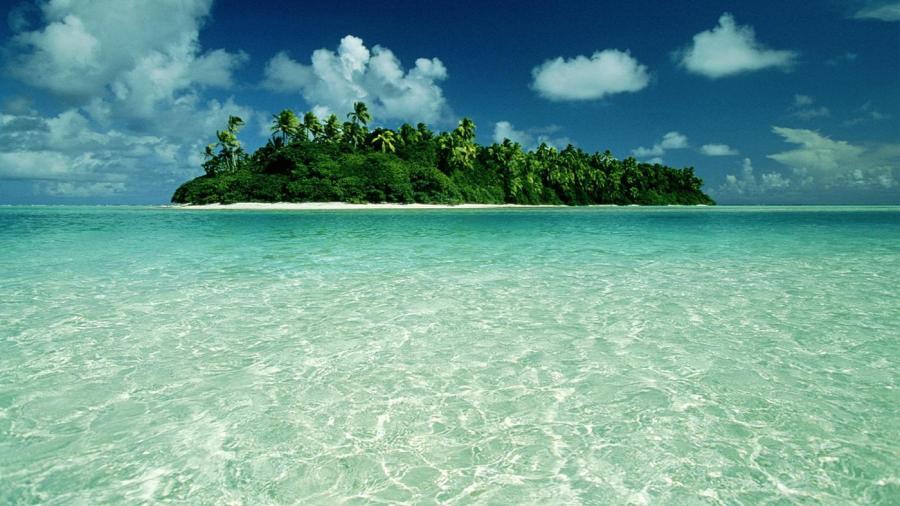How Are Islands Formed?

Islands form in several ways. The most common events that lead to island formation are volcanic activity and continental drift. Islands also form due to erosion, buildup of sediment and coral that grows enough to penetrate the surface of the water.
Volcanic islands are created as tectonic plates move over a lava flow. The lava flows up and cools, gradually building on itself to create islands that eventually break the surface of the ocean. The Hawaiian islands are a result of this process.
Continental drift is when continents break apart; a process that occurs over many hundreds of thousands or millions of years. This creates strings of islands between landmasses and along the edges of landmasses.
Erosion also creates islands. The strip of land connecting the lower portion of a peninsula to a land mass can erode, turning the peninsula into an island.
Buildup of sand and sediment create islands in some areas, including the Outer Banks of North Carolina and the barrier islands along the Georgia coast including St. Simon’s Island.
Similarly, coral reefs continue to grow from the sea floor toward the surface of the water and sometimes peak above the surface, forming a new island. Coral islands are most common in warm areas such as the Caribbean Sea.





